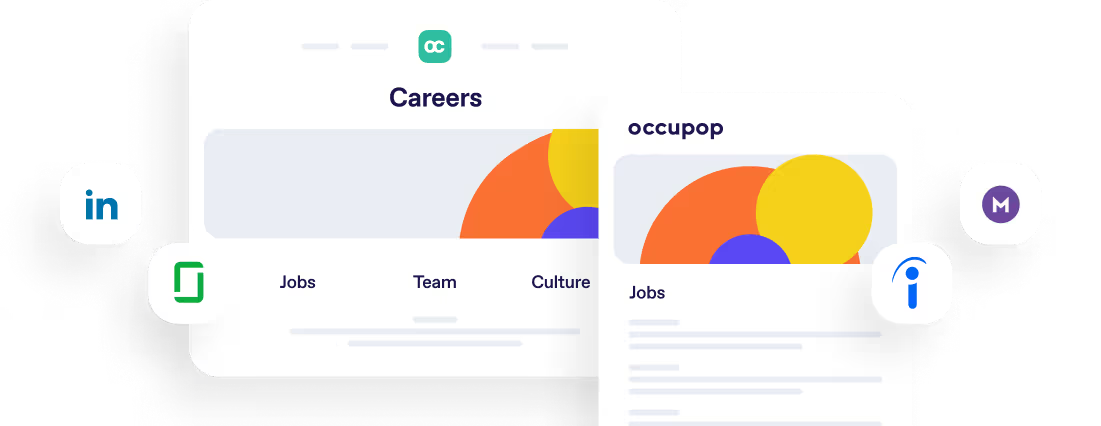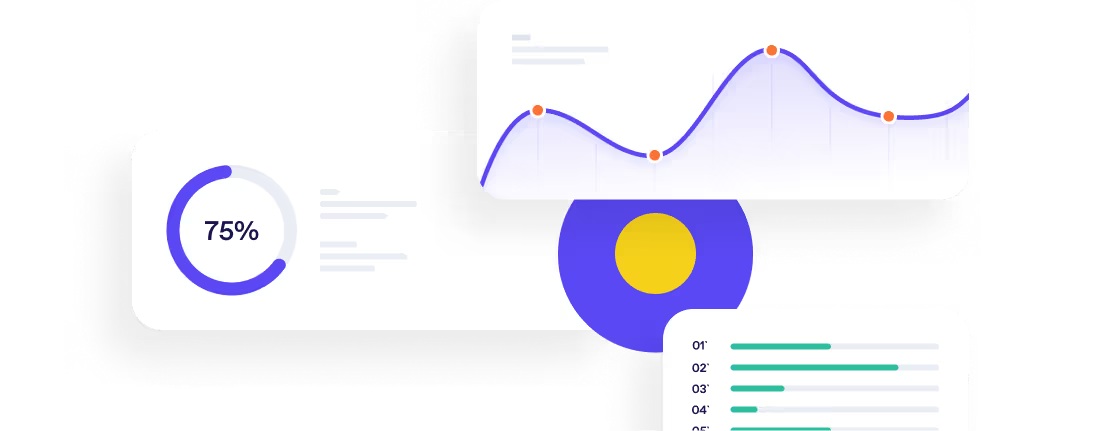5 Employer Branding Metrics You Should Measure When Hiring



Why? Because 92% of candidates say they would consider leaving their current jobs if a company with an excellent corporate reputation offered them another role (CR Magazine).
But with all the time, resources and financial investment put into building an employer brand and promoting employer branding strategies, not measuring your efforts is wasteful and can potentially have a negative impact on your business.
What is the difference between employer brand and employer branding?
- An employer brand is how you are perceived in your industry as well as your promise to your employees. It exhibits your company culture, employee engagement and employee satisfaction.
- Employer branding, on the other hand, is the process of building and maintaining your employer brand. Companies implement internal initiatives and brand awareness candidate attraction campaigns as part of their employer branding strategies.
Over two blogs, we will look at measuring employer branding for candidate attraction and measurement for employee satisfaction and retention. First up, employer branding for attracting top talent.

How to measure employer branding success in talent attraction?
1. Social Media & Professional Network followers
At the heart of all employer branding strategies should be social media and professional network sites i.e. Facebook, Instagram, Twitter and LinkedIn. The reason? That’s where your ideal candidates, active and passive, are. A well-run account should effectively utilise your employer brand, so you can communicate with candidates and organically grow your brand awareness. This can be measured through follower numbers. The more followers you have, the more exposure of your brand to other potential candidates.
Top tip: Measure which posts perform best and the best times to post. Here is a good guide from Sprout Social on the best times to post. Once you have established what performs best for you, draw up posting and content schedules based on these findings. In relation to content that performs the best, the general rule is: video is the most effective, then imagery, and lastly text content.
2. Careers page applications/expression of interest registered
Your careers page should be the base for establishing and promoting your employer brand to candidates. This page should give potential candidates a comprehensive overview of what it’s like to work for your company, your values and what sets you apart. Adding in an expression of interest form on your careers page is an excellent way to measure the value of your page and employer branding success. If someone is swayed enough by your strategies to register their details even if there isn’t an applicable open position, it is a great demonstration of the impact of your brand. As an added benefit, it allows you to build a talent pool.
INSERT-CTA
3. Recruitment campaign metrics
In this digital world, businesses should be measuring and adapting their promotional efforts depending on success metrics, this is especially true for employer branding and talent attraction. The social and professional channels mentioned in point 1 let you get extremely targeted with your activities. You have the ability to target certain locations, ages and interests, with LinkedIn going one further allowing you to target job functions, job titles, and industries. These metrics are extremely valuable as they help you to establish what is working and what isn’t. These metrics will also assist you in creating candidate personas (a profile of the ideal employee based on various data and hiring metrics), and improve your targeting for future campaigns. On top of these advantages, these platforms generally have a lower cost-per-acquisition rate (CPA) by comparison to other recruitment efforts.
Top tip: Add in a ‘where you heard about us’ field on your application and expression of interest forms. Not all candidates will automatically apply for a job or react to an advert but adding this to your forms will help you easily capture employer branding metrics and candidate trends.

4. Website analytics
Google Analytics is the ultimate tool to give you in-depth insights into how your employer brand is performing. With Google Analytics, you can see a variety of metrics including demographics, devices and user interests, to name a few. Further to this, Google Analytics helps you to see where individuals are coming from, which landing pages are performing best and also, where they go after they first enter. This will enable you to focus your efforts and place chatbots on certain parts of your site encouraging candidates to engage with your brand.
Top tip: Create events and goals. Event tracking will allow you to track every time a user watches a video or clicks on your careers page, giving you the ability to see which content performs best. Goals can be set up each time someone fills out an application form or fills in an expression of interest form, further giving you insights into your candidates. Contact your marketing team or webmaster for help in setting this up, alternatively, if you are managing this yourself, Google Academy offers great courses on analytics for all levels. This can be found here.
5. Candidate quality
The goal of outbound employer branding is excellent candidates and in turn, excellent employees. Therefore, it is important to monitor the candidate quality as a result of your employer branding campaigns and review hiring success. This can be achieved by utilising features and reporting functions on recruitment software. Useful functions and reports to monitor:
- Candidate source
- Source to interview drop off
- Interview scorecards
- Time-to-hire
Our next blog will cover how to measure and monitor your employer brand once you have hired these star candidates.
Employer brand initiatives and strategies take time, money and resources. All of which you’re probably spending on recruitment, right?. So why not consider recruitment software like Occupop?
INSERT-LINE
What is Occupop?
Occupop is a powerful hiring tool that connects people, creating strong teams and builds long-lasting relationships. Our dynamic features put the power in your hands, allowing you to easily engage with the best candidates and manage the entire process on one smart recruitment solution. Check out how it works here.
Summary Points
How to measure employer branding for attracting talent?
- Social Media & Professional Network followers
- Careers page applications/expression of interest registered
- Recruitment campaign metrics
- Website analytics
- Candidate quality
Simple. Beautiful.
Recruitment Software.
HR updates sent straight to your inbox
You might also like...


Manage your entire hiring process simply, from engagement to management, hiring and onboarding







Simple. Beautiful.
Recruitment Software.
Recruitment Software.






